Athens – some modern stuff
Athens has a strange history of very ancient architecture, a bit of development with the Romans, and then not much for a very long period of time. Most of the city looks very 20th century, and not particularly well done at that. However there are a few large modern buildings. Unfortunately, somehow they don’t seem particularly well integrated into the rest.
The New Acropolis Museum was supposed to be finished quite some time ago. A lot of the building structure seems finished but there are cables everywhere and the main entrance is fenced off for some reason I couldn’t discern. (There’s a side entrance.) The building is very late, yet there were no signs of anybody working on it to try and finish it off. Anyone else would attempt to finish the thing by getting more people working on it but I guess that’s not the Greek way:

This is the current approach to the museum. It’s currently free to get in, owing to it having nothing on display (unless you like looking at hanging electrical cables). Actually, there were a few displays, and the text was heavily laced with “give us our Elgin marbles back” messages. Really, though, it’s just not a very nice building:

The other major modern pieces in Athens are obviously around the Olympic stadium. It was very desolate there and, although some of the structures are impressive, and the stadium roof itself quite elegant, there was a certain air of desolation. It starts with the arch structures by Santiago Calatrava:


The journey to the site on the metro made me think that perhaps the commute from central London to Stratford won’t look so bad in 2012. The transport was good, but it certainly didn’t feel like being in the heart of Athens. This is a plan of the Olympic site. :

The velodrome was another interesting structure, at least from the outside:

Some of the other structures were just existing ones given a new lease of life (apparently). They provided ample pigeon resting spots, as you can see from the piles of crap along the walkways:

The stadium with the mountains and clouds behind. Although London may be able to compete on venues the setting will be nothing like the same:
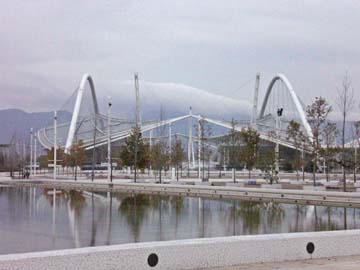
The stadium arch:

The stadium’s huge roof structure anchors, with Ann providing scale:
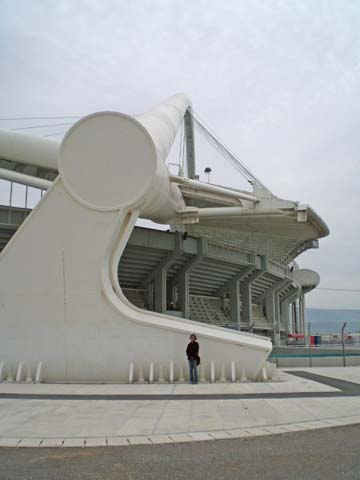
The inside of one of those anchors:
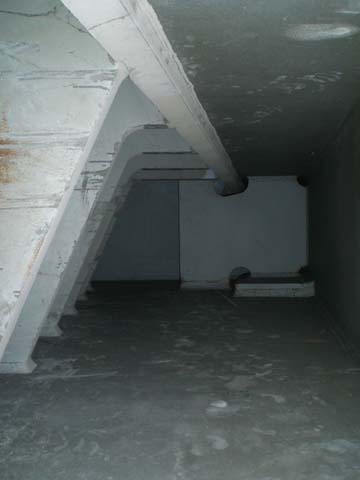
And all the screws to hold it down. I couldn’t work out how to loosen any, unfortunately:

This is one of the existing terraces, that of bird-crap-terrace fame:
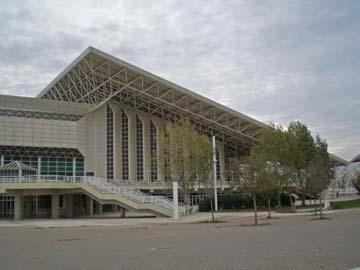
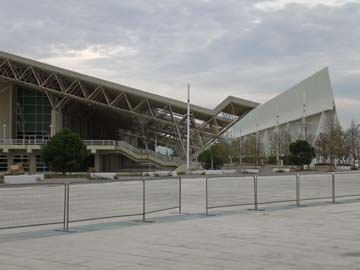
The diagram of things that you can’t do inside the Olympic complex area. I’m not sure if the giant green cross now means that you can do those things or not. I particularly liked the two descriptions for flags (one limiting the size of the flag, one the size of the pole) and the restriction on taking your pet budgie to watch any of the events:

There was also a large screen, but I have no idea what it was there for. I’m sure there was some use for it at the time:


I don’t know if the area in front of the stadium is ever inhabitated now, but somehow I doubt if it’s ever crowded:

The arch again, reflected in a pool:

More from inside the arch:




The site was interesting, but I can’t see how this offers any kind of the legacy for the city that the Olympic organisers are always interested in. So far I’ve visited this and Barcelona and, although not perfect, the latter did seem to have had some effect on the surroundings. As I live about a mile away from the 2012 site I get a lot of the plans relating to the area through and I do think the London developments will make more of a difference once the games are gone than the few monumental structures that have been left behind in Athens.